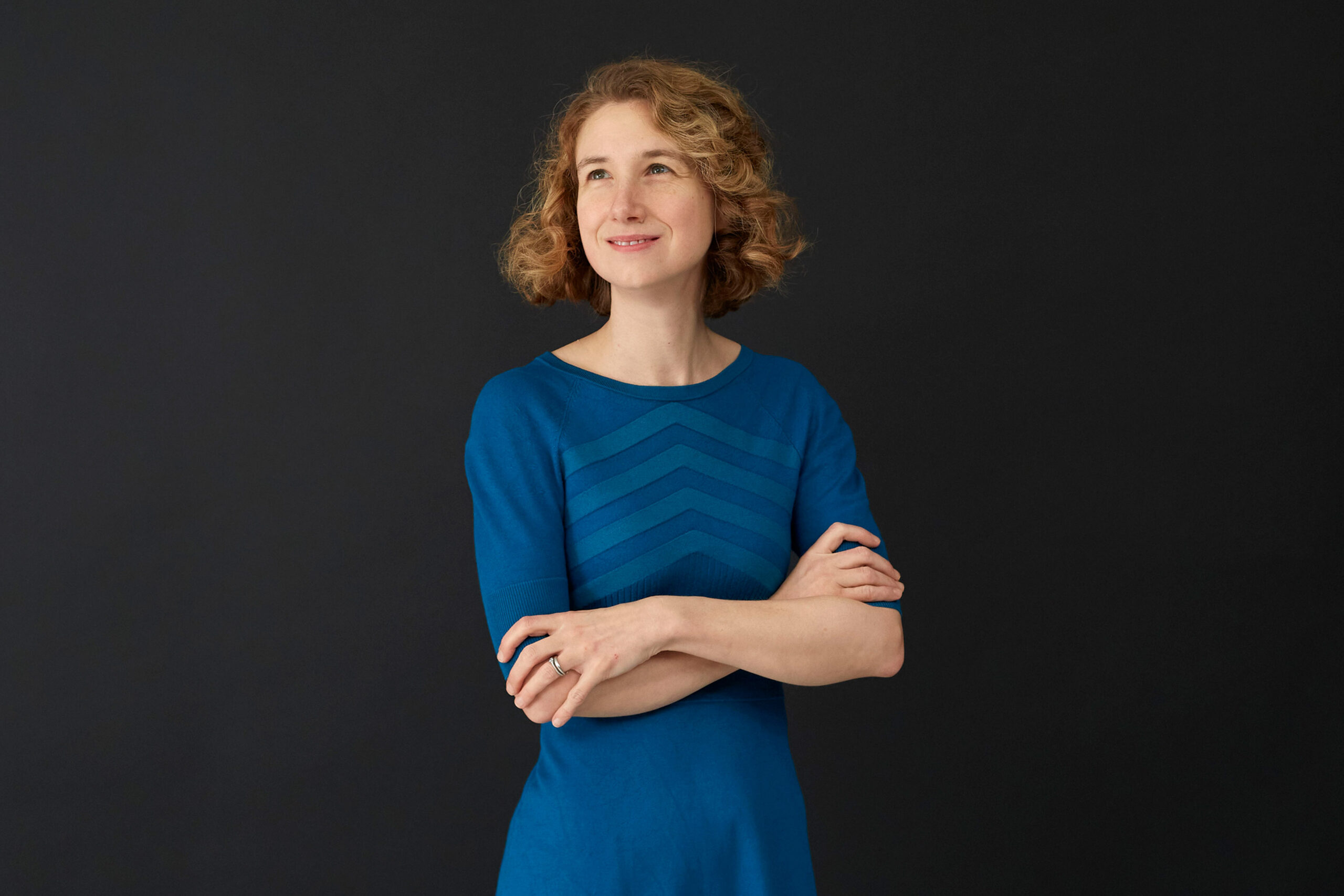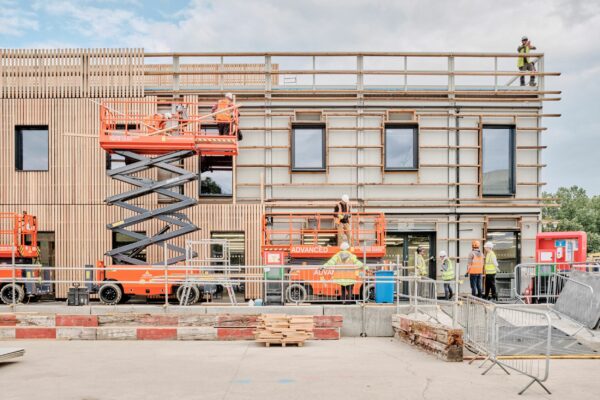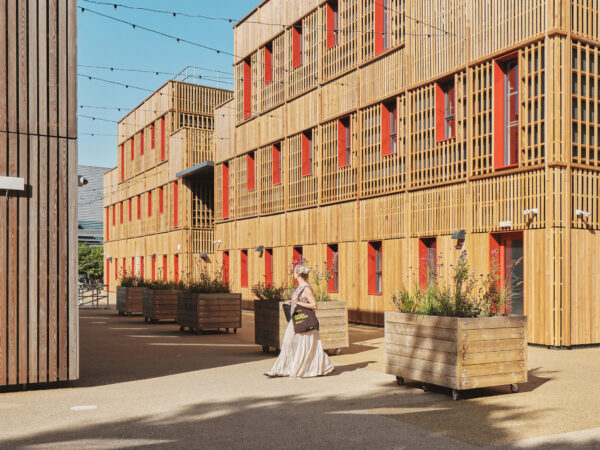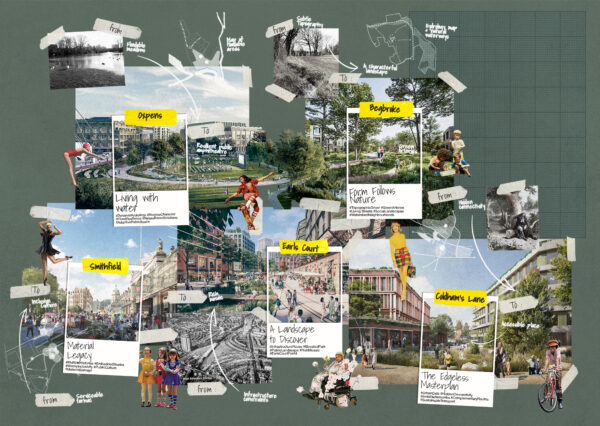Sustainable
design

If you would like to know more about our Sustainable design services contact Louisa Bowles
Circular Economy
We now smash and grab some 100 billion tonnes of raw materials from the planet every single year. Roughly half of those raw materials are used in the built environment globally. While long life, loose fit principles and design for disassembly techniques are extremely useful for enabling the Circular Economy to be embedded into the future of our built environment, the benefits are only going to be realised in decades to come. What we need to do is re-use and recycle what we already have right now. We are conceiving and delivering a number of recycled buildings, together with material passport data, in collaboration with our forward-thinking clients.

Canada Water Modular Campus
Two new buildings are provided on the Canada Water Masterplan for TEDI-London’s University campus, and research life sciences purposes, developed by British Land.
We worked closely alongside the chosen specialist modular subcontractor Premier Modular to design and deliver a high-quality building that exceeded both the client’s and user’s expectations.
The chosen brownfield site was divided into four deliverable parcels set around a grid set using Premier Modular’s standardised 12m x 3m volumetric modules to optimise efficiency in manufacture.
The off-site manufactured, volumetric modular structure allowed rapid on-site assembly, lower vehicle movements, zero waste-to-landfill with decreased noise, dust and disruption to neighbours. In just nine months, the building was ready for its first student cohort in September 2021.
The modules were arranged to create a large flexible double height space for exhibition, events, workspace, and dining area. Four teaching and workshop spaces are provided to allow hands-on project-based learning using large-scale equipment, prototyping and 3D printing. There are viewing galleries, a roof-top terrace, conference-style meeting and teaching rooms and a common room.
The second phase utilised pre-loved modules, wall and window components, resulting in an estimated 16% reduction in life cycle embodied carbon overall. The buildings will be used for ten years are built for intermediary use before disassembly to continue their life elsewhere.
Read more about our research into materials re-use here

